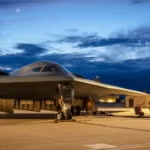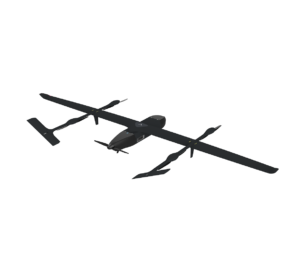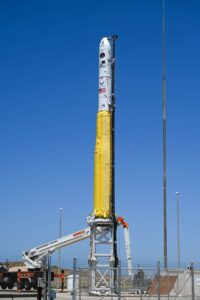
DAYTON, Ohio--Providing "flex" capacity for the U.S. Air Force to ramp up the production of certain missiles to hit mobile targets may be a future focus for service leaders and one that is likely to be the subject of pushes and pulls among and within Congress and the Air Force. Armaments staff in the Air Force, for example, want to double the capacity to build the Lockheed Martin [LMT] Joint Air-to-Surface Standoff Missile (JASSM) family from an Air Force advertised…














